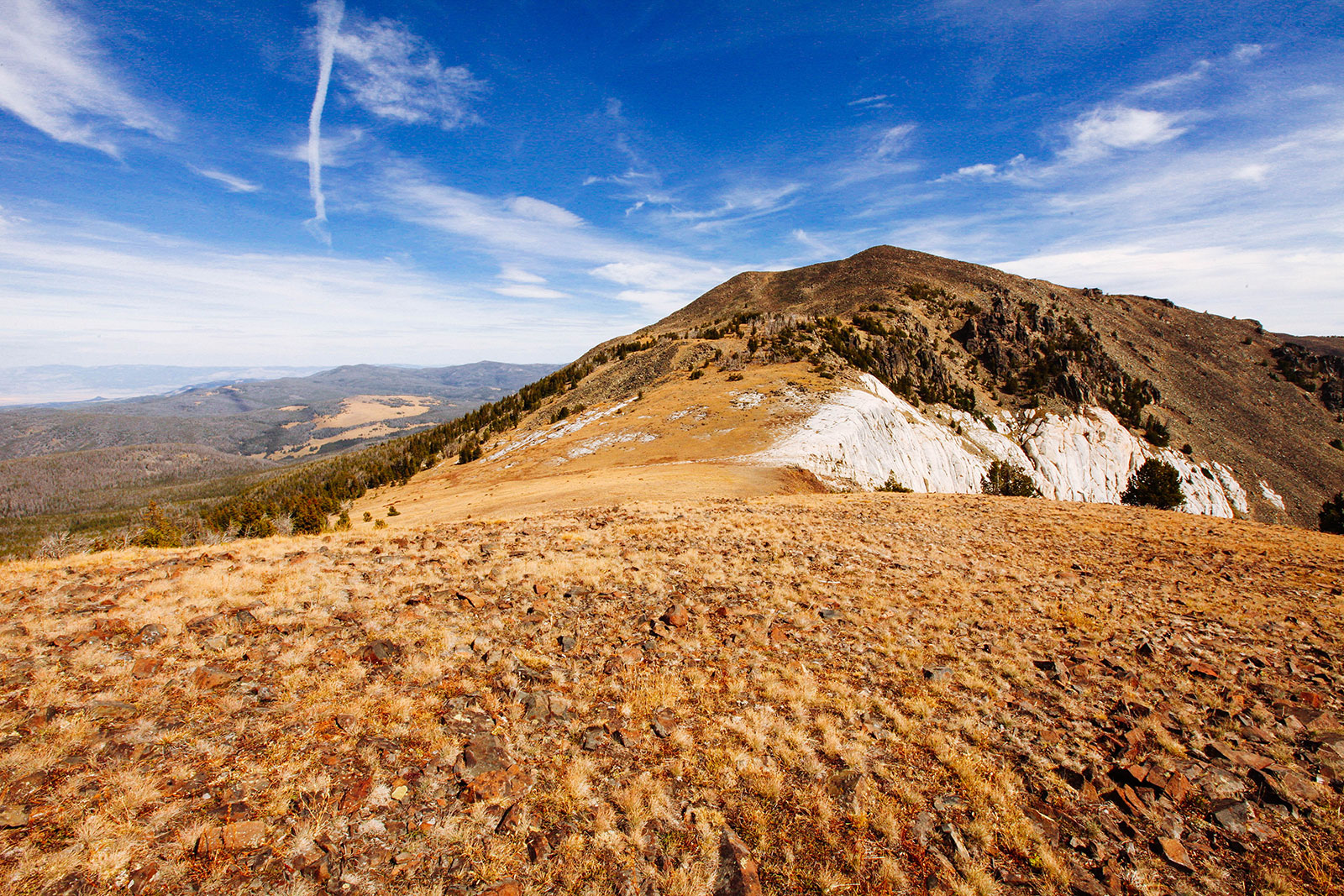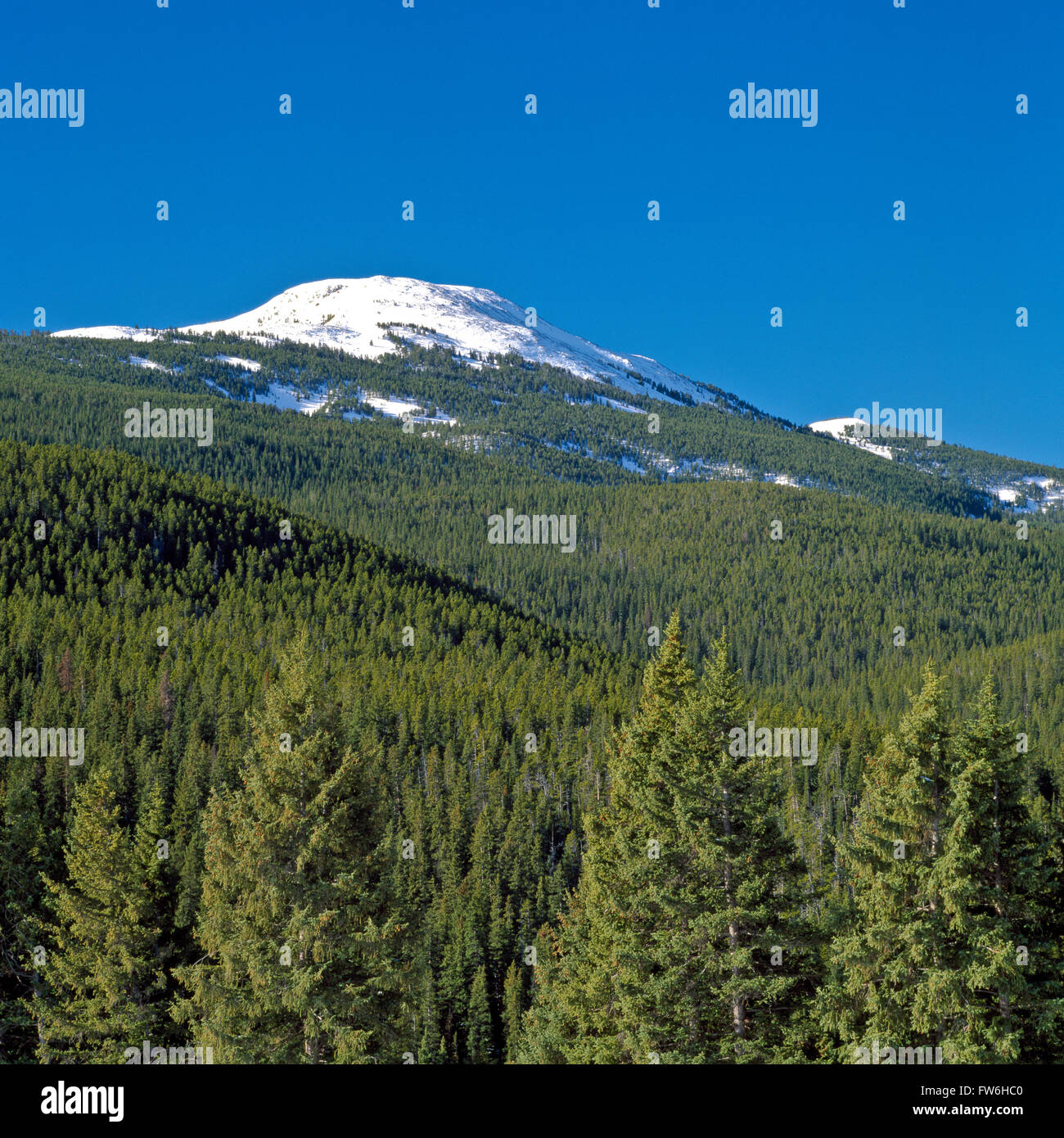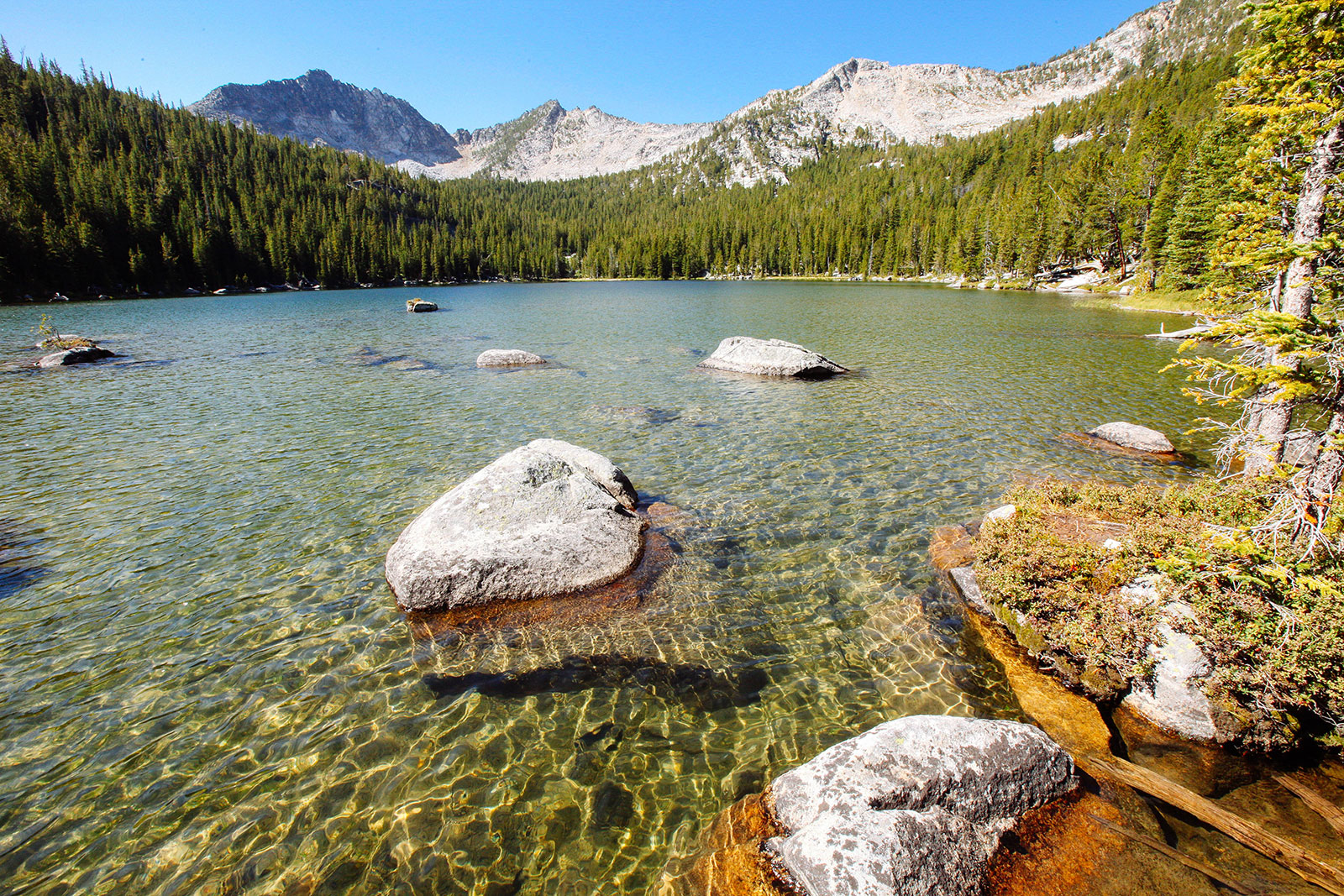
Whispers of the Wild West: America’s Enduring Legends, Echoed by Elkhorn
The wind, a tireless sculptor, whispers through the skeletal remains of Elkhorn, Montana, carrying tales of a bygone era. Here, in the shadow of the rugged Elkhorn Mountains, where Elkhorn Peak pierces the vast Montana sky at over 9,000 feet, history doesn’t just reside in textbooks; it breathes, imbued with the potent magic of legend. This isolated ghost town, with its weathered clapboard buildings and the grand, if crumbling, Fraternity Hall, serves as a poignant microcosm of America’s enduring fascination with its own folklore – a tapestry woven from the threads of indigenous wisdom, frontier grit, and the persistent human need to explain the unexplainable.
America, a relatively young nation in the grand sweep of history, has nonetheless cultivated a rich and diverse body of legends. These aren’t just quaint stories for children; they are cultural touchstones, reflecting our aspirations, fears, triumphs, and the very landscape that shaped us. From the colossal feats of lumberjacks to the haunting specters of colonial towns, from the elusive creatures of the wilderness to the larger-than-life figures of the Wild West, American legends offer a unique lens through which to understand the nation’s evolving identity. And few places embody this spirit of legendary formation quite like the forgotten corners of the American West, where the line between fact and myth blurs under the relentless sun and the vast, silent expanse.
Elkhorn: A Town Forged in Gold, Steeped in Legend

The story of Elkhorn, nestled deep within the Elkhorn Mountains of Jefferson County, begins not with whispers, but with a roar – the frenzied cry of "Gold!" In 1872, the discovery of silver and gold veins sparked a classic Western boom. By the 1890s, Elkhorn was a bustling community, home to upwards of 2,500 people, complete with stores, saloons, a school, and the magnificent, two-story Fraternity Hall, built in 1893 by the local chapter of the Odd Fellows. The town’s prosperity was fueled by mines like the Union Mine, which, at its peak, produced millions of dollars in ore.
But boom towns are often followed by busts, and Elkhorn was no exception. The Panic of 1893, coupled with dwindling ore production and harsh Montana winters, began the town’s slow decline. Today, only a handful of buildings remain, watched over by a few hardy residents who cling to the ghosts of its past. It’s this transition from vibrant life to desolate silence that makes Elkhorn such fertile ground for legends.
Imagine the stories that circulated in those crowded saloons, the tales of prospectors striking it rich or losing it all, of desperate men and women facing the unforgiving wilderness. The spectral figures said to roam Fraternity Hall, or the lonely spirits of miners forever searching for that elusive vein, are not merely fictional constructs; they are the echoes of lives lived with intensity, hardship, and a profound connection to the land. The very air around Elkhorn seems to hum with the unspoken narratives of those who sought fortune, faced tragedy, and ultimately succumbed to the inexorable march of time.
The Indigenous Roots: Legends Before the Gold Rush
Before the first pickaxe struck gold in the Elkhorn Mountains, this land was alive with an entirely different set of legends – those of the Native American tribes who called this region home for millennia. The Crow, Blackfeet, Salish, and Kootenai peoples moved through these valleys and peaks, their lives intertwined with the natural world. For them, mountains like Elkhorn Peak were not just geological formations but sacred entities, imbued with spirits and holding profound spiritual significance.
Their legends speak of animal spirits guiding hunters, of creation stories explaining the landscape’s features, and of cautionary tales ensuring harmony with nature. The majestic elk, for which the mountains are named, would have featured prominently in their oral traditions, revered for its strength, grace, and as a vital source of sustenance. These indigenous legends offer a deeper, more ancient layer to the American narrative, a testament to a connection to the land that predates colonial and frontier expansion. They remind us that the American story of legends is not monolithic but a rich confluence of diverse cultures and experiences.
From Frontier Heroes to Cryptid Wonders: The Broader American Tapestry
The micro-legends of Elkhorn – the whispers of its past, the imagined spirits of its miners – resonate with the grander narratives that define American folklore. The frontier, a vast and often brutal testing ground, was a particularly potent forge for legends. Figures like Paul Bunyan, the colossal lumberjack whose feats shaped the very geography of the nation, and Pecos Bill, the cowboy who rode a cyclone and lassoed a tornado, embody the American spirit of conquering the wilderness with strength, ingenuity, and a healthy dose of exaggeration. These legends provided a sense of identity and shared mythology for a young nation expanding westward, transforming untamed landscapes into stories of human triumph.

Beyond the human heroes, the American wilderness itself has given birth to a pantheon of cryptids – creatures that lurk on the fringes of scientific understanding, yet loom large in the collective imagination. Bigfoot, the elusive ape-like creature said to roam the forests of the Pacific Northwest (and occasionally other wild areas, including Montana), is perhaps the most famous. His legend speaks to a primal human desire for mystery, for something untamed and unknown remaining in an increasingly mapped and understood world. Other cryptids, like the Mothman of West Virginia or the Chupacabra of the Southwest, tap into regional anxieties and cultural specificities, yet share the common thread of being elusive, powerful, and deeply ingrained in local lore.
Even the more traditional ghost stories, like Washington Irving’s Headless Horseman of Sleepy Hollow, reflect America’s early colonial fears and anxieties, blending European supernatural traditions with a distinctly American setting. These tales, whether they involve spectral riders or benevolent spirits, serve not only to entertain but also to offer moral lessons, to explain sudden deaths or unusual events, and to connect communities through shared stories of the uncanny.
The Enduring Power of Story: Why Legends Persist
Why do these legends, from the local tales of Elkhorn to the national epics of Bunyan, continue to captivate us? Folklorists and cultural historians point to several compelling reasons:
- Explaining the Unexplainable: Before scientific understanding, legends provided frameworks for making sense of natural phenomena, strange occurrences, and the mysteries of life and death. A sudden flood might become the work of a disgruntled river spirit; a strange sound in the woods, the cry of a cryptid.
- Moral and Social Cohesion: Many legends carry implicit or explicit moral lessons, reinforcing community values and social norms. They can also create a shared identity, binding people together through common stories and beliefs.
- Preserving History and Memory: While not strictly factual, legends often contain kernels of historical truth, preserving memories of significant events, figures, or ways of life. The ghost towns of the West, like Elkhorn, become living legends themselves, physical testaments to a vanished era.
- A Sense of Wonder and Adventure: In an increasingly rationalized world, legends offer an escape into the realm of possibility, inviting us to imagine beyond the mundane and embrace the fantastical. They allow us to feel a connection to a wilder, more mysterious past.
- Reflecting National Identity: American legends, in particular, often highlight core national values: resilience, independence, ingenuity, and a persistent belief in the potential for greatness, even in the face of overwhelming odds. The gold miner of Elkhorn, the lumberjack, the cowboy – all embody a rugged individualism central to the American mythos.
The Future of Legends: Still Whispering in the Wind
In the digital age, the formation and dissemination of legends have taken on new forms. Urban legends spread like wildfire across the internet, cryptid sightings are analyzed on YouTube, and historical figures are reinterpreted through new media. Yet, the fundamental human need for narrative, for meaning, and for a connection to something larger than ourselves remains unchanged.
As the sun sets over the Elkhorn Mountains, casting long shadows across the empty streets of Elkhorn, Montana, the wind continues its tireless work. It sighs through the broken panes of Fraternity Hall, rustles the dry grasses, and whispers of silver strikes, of fortunes lost, of lives lived with courage and despair. It carries the faint echoes of Native American chants and the boisterous laughter of miners.
These are not just old stories; they are the living breath of America, woven into its landscapes and etched into its soul. From the towering peaks of Elkhorn to the sprawling plains, from the ancient forests to the bustling cities, the legends of America endure, reminding us that the greatest tales are often found not in books, but in the places where history and imagination meet, forever whispering in the wind.


